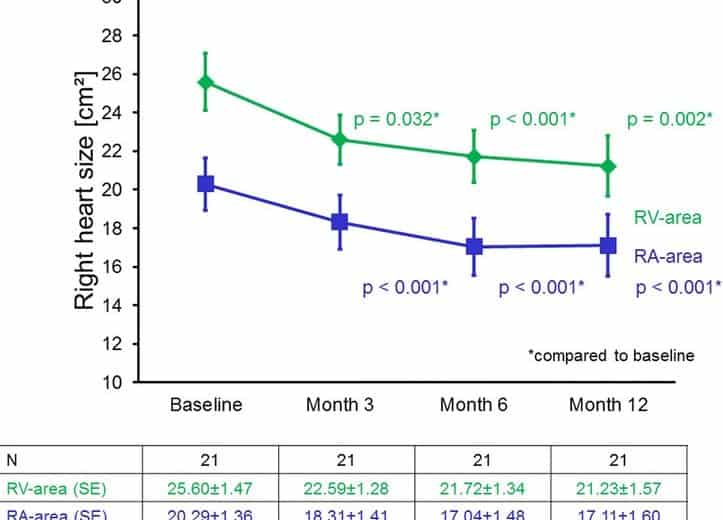
The Earth’s orbit around the Sun is not perfectly circular but follows an elliptical path (see Figure 2.1). A second orbital variation involves the strength of the ellipse, or eccentricity. This parameter, e, is determined by Equation 4, which compares the two focal lengths, x and y in Figure 2.1.
e = { (x2 – y2)1/2 } / x[Equation 4]
When the orbit is circular, the lengths x and y are equal and e = 0. The Earth’s orbit has been found to vary from being near circular (e = 0.005) to markedly elliptical (e = 0.06) with two primary periodicities of approximately 96,000 and 413,000 years (Berger, 1976). The current value of e is 0.018 (Henderson-Sellers & Robinson, 1986). Variations in eccentricity influence the total amount of solar radiation incident at the top of the Earth’s atmosphere. With maximum eccentricity, differences in solar radiation receipt of about 30% may occur between perihelion and aphelion (Figure 2.1) (Goodess et al, 1992).




Leave a Reply